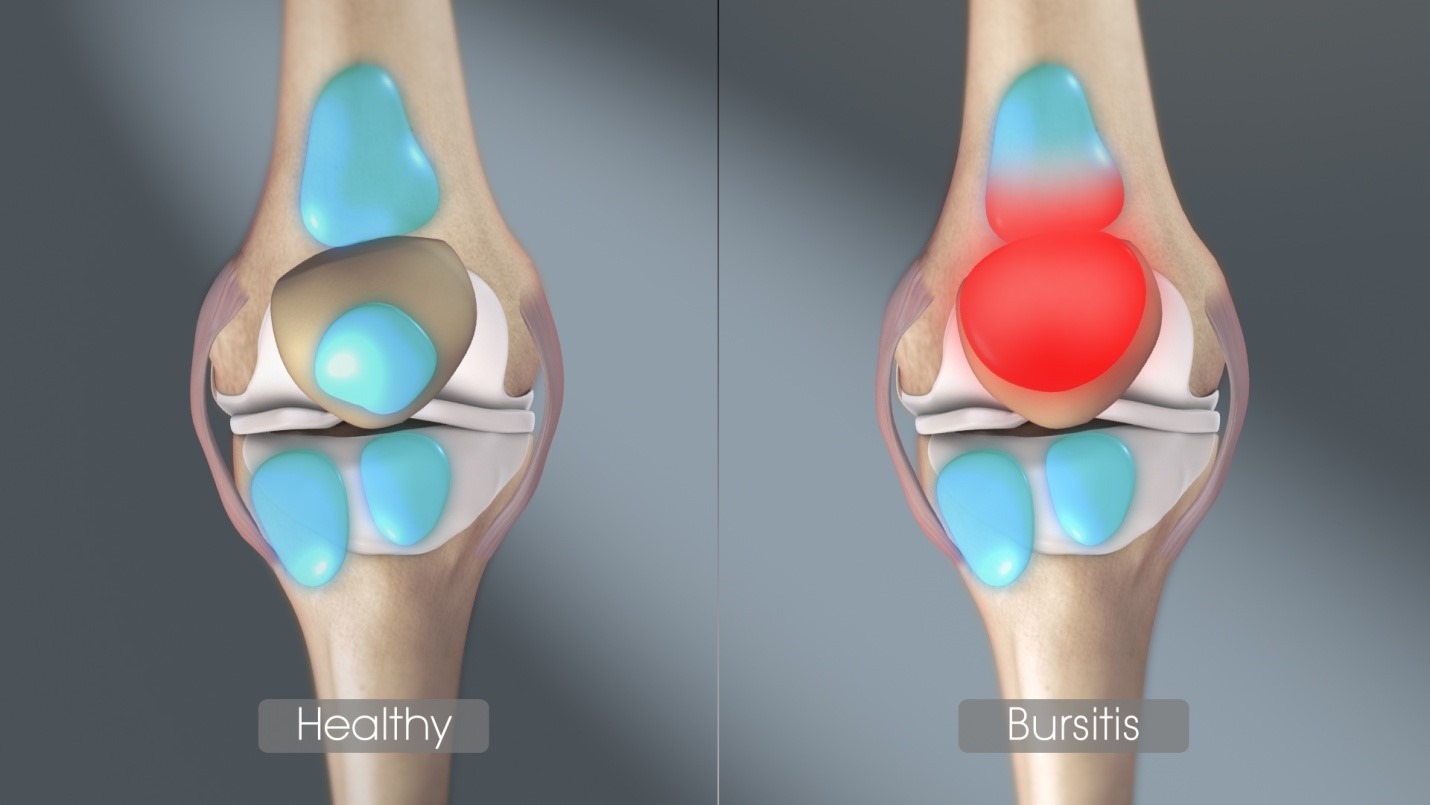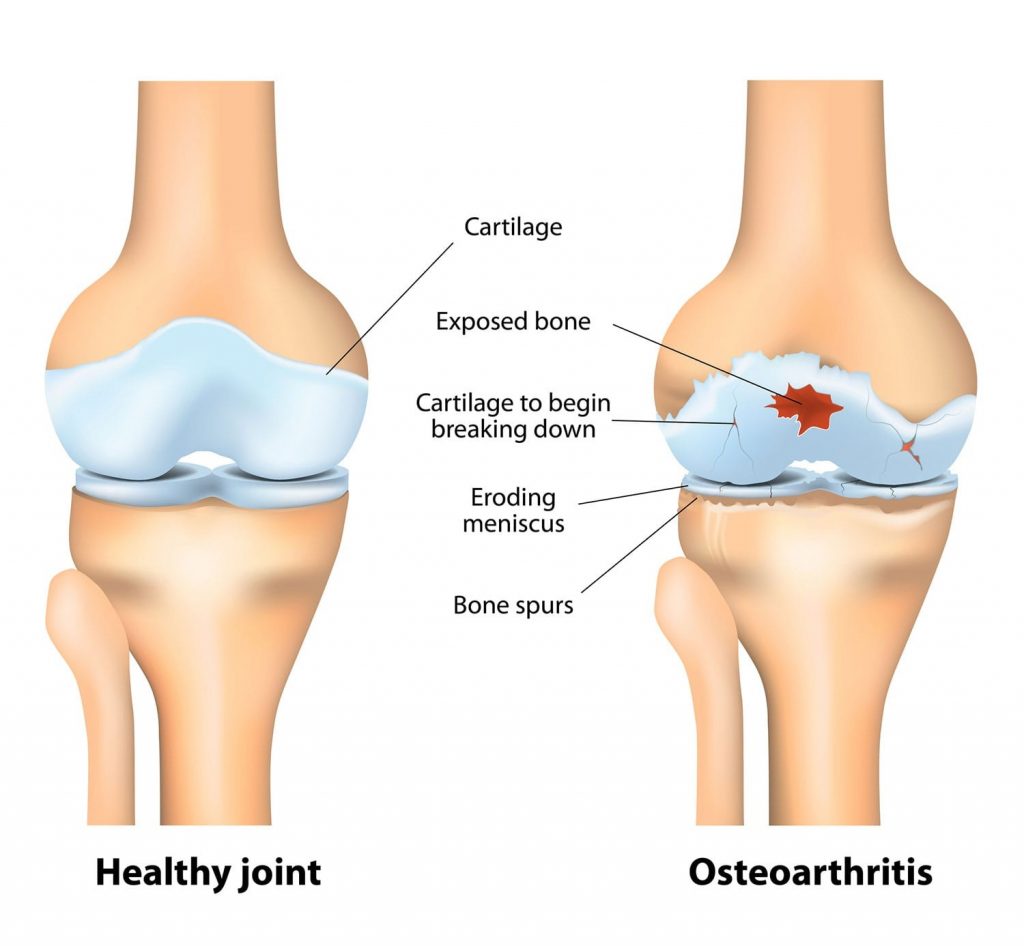Table of Contents
Experiencing hip pain can be one of the most uncomfortable types of pain out there. Not only because of the pain itself but also because it puts your body off balance because the pain is so close to your core. There are various reasons how one may end up suffering from hip pain, but we’ll discuss the most common ones and how you can treat them.
Muscle injury
According to a reputable hip surgeon in Melbourne, one of the most common ways to acquire hip pain is if you happen to obtain a muscle injury, in most cases, a tear. There are various muscles in the lower abdomen, and injuring any of them, even the smaller ones, will cause pain and discomfort.
The most common circumstance that one comes into a situation where this happens is if you happen to be one of those people who loves playing sports but is not in shape. Many who work too hard during a sports game for the weekend end up with muscle injuries, mainly because the body is not used to such sudden movements.
Surprising your friends with that incredible dribble during a basketball game does not surprise your friends only, but also your muscles, which is a considerable risk of injury. To avoid situations like this, the best things to keep yourself in shape are exercising daily for at least 15 minutes and warming yourself up by stretching before doing any intense sports activities.
If you end up with a muscle injury, you can quickly treat it by resting for several weeks. Of course, if you end up with a more severe injury, like a muscle tear, you might have to get surgery to repair the muscle.
Bursitis
The bursa is a small sac filled with fluid that protects the bones from tissues surrounding it, such as muscles and tendons. Bursitis is the condition when the bursa becomes inflamed. Most commonly, this occurs due to repetitive motion or being overweight. While it most commonly affects elbows, knees, and shoulders, it can also affect hips.
Signs of having bursitis are the experience of joint pain, in this case, pain in the joints around the hips, tenderness when you press the joint, stiffness, and the most prominent sign are swelling and warmth that manifests itself in the form of redness over the joint.
While muscle injury occurs while active, bursitis will often happen when you are inactive. Once again, moving around a bit instead of being in a fixed position can help you avoid bursitis. If you end up with bursitis, the best way to treat it is to rest, put some ice on it, and take anti-inflammatory and pain medications until it passes.
Inflammation is a symptom for bursitis
Tendonitis
Tendonitis affects the hip flexors, which let you bring your leg and knee toward yourself if you are very active. If you are experiencing pain while trying to do such movements, there are odds that you might have tendonitis.
Treating this one is relatively simple in most cases, as they are usually a form of burnout of the tendons, and they can be treated similarly to bursitis. All you would have to do is rest for a week or so. But, if the pain persists, checking things out with your doctor is the first thing you should do!
Osteoarthritis
Arthritis is one of the most common things that causes joint pain, and it is one of the most common causes of chronic pain worldwide. Osteoarthritis is the most common type of arthritis, and it can affect pretty much any area, but the most common form is arthritis in the knee, hip, wrist, and shoulder.
The most active area usually tends to get affected the most. When it does, you can feel the sensation of joints becoming stiff and swollen so much that they break down cartilage and cause deformities, and of course, pain.
Treating arthritis is a bit tricky, as you can treat it with some rest and over-the-counter medication for pain and anti-inflammation. However, you will require surgical treatment such as hip resurfacing or maybe even hip replacement in most cases.
Difference between a healthy joint and one affected by osteoarthritis
Gynecological or pelvic floor issues
It is not uncommon that the pain you are experiencing in your hip is coming from somewhere else. In some cases, you could be experiencing pelvic pain manifesting in the hip area because that is just how the neurological network works. This, of course, is quite a broad topic, and issues could go from period or ovulation pain to something more severe like prostate cancer.
Final Word
To avoid most situations where hip pain can become a problem, it is vital to keep your body in shape by doing some kind of daily exercise that will keep your body ready for sudden movements. Yoga, for example, is one of the best ways to stretch all of your muscles. Also, if you feel any pain at all, do not be afraid to go to a physiotherapist for pelvic floor physiotherapy, as discovering issues on time can have a significant impact.
See also – Expect Going Into Physiotherapy




